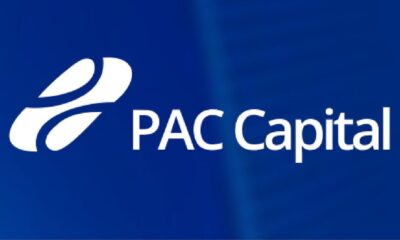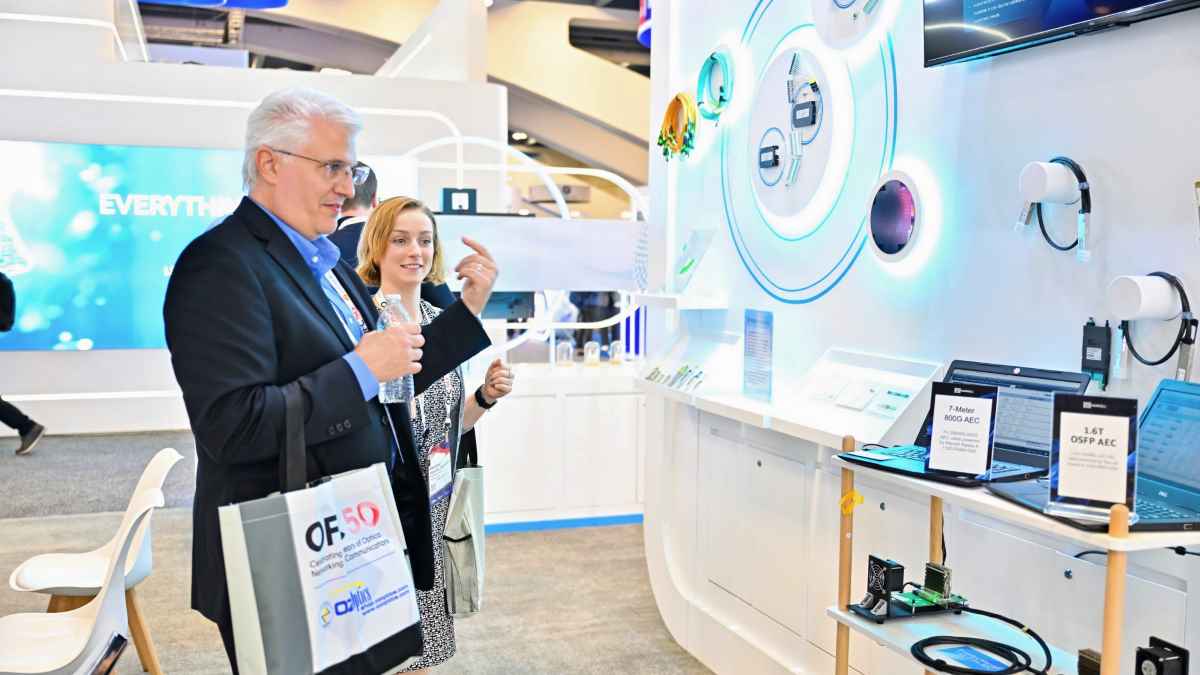DUBAI, United Arab Emirates, March 31, 2025/APO Group/ –Enhancing its comprehensive portfolio of large format solutions, Canon (
www.Canon-CNA.com) today launches two four-colour (CMYK), easy-to-use, large format desktop printers: the TC-21 and the TC-21M, the latter having an integrated A4 scanner. Targeted at customers in the architecture, engineering and construction (AEC), design, hospitality, retail and education sectors, the new printers build on the success of the TC-20 and TC-20M models that were launched in 2023, and deliver even more benefits through features such as expanded media handling capabilities, a convenient tiltable operation panel, minimal margin printing and an enhanced eco-friendly design. While compact in size, both new models support printing up to A1+, making them suitable for applications such as architectural and design drawings, restaurant menus, retail posters and educational materials. Using the standard Auto Sheet Feeder (ASF), both models can also print a variety of other applications, such as flyers on A5/A6 papers, labels, postcards and envelopes.
The TC-21M model includes an A4 flatbed scanner, allowing users to easily create large format copies without a computer – ideal for promotional materials, educational content, and even customised wrapping paper. Delivering high-quality output from a space-saving body, both models are suitable for various environments, from home offices to retail establishments and educational institutions.
Space-saving design with improved usability.
As the imagePROGRAF TC-21 and TC-21M have been designed to allow users to perform all printing operations from the front of the unit, including paper loading, ink filling and print collection, the printers are very space-efficient. The new tiltable operation panel offers greater flexibility in the installation location of the printers and also enhanced usability, as the angle of the panel can be easily adjusted to the user’s view, making the printer convenient to operate whether placed on a desk or, for example, a low shelf.
Both models support printing from roll paper up to A1+ wide and feature a standard Auto Sheet Feeder (ASF) compatible with various paper sizes and types, including sheets from A3 to A6, postcards, envelopes and labels. This flexibility allows users to print the same content in different sizes – such as A1 scale drawings for submission alongside A4 versions for review, or large restaurant menu posters with matching table-sized flyers.
Advanced scanning and copying functions in the TC-21M
The TC-21M model integrates an A4 flatbed scanner that enables users to easily make enlarged copies up to A1+ size. Its enhanced copy functions include:
The TC-21 and TC-21M provide a cost-effective alternative to outsourced printing services
- “Enlarge & Split Copy”, which allows the creation of up to A0 sized posters from A4 originals by printing on multiple sheets, which can then be joined together to form the larger finished result
- “Repeat Copy”, which duplicates content multiple times on a roll or single sheet (previously only available on a roll on the TC-20M) for labels, for example
- “Layout Copy”, which allows multiple scanned images to be laid out for printing on a roll of paper
These functions are ideal for creating teaching materials, promotional posters, and custom wrapping paper without requiring a computer.
New features for enhanced design impact
The TC-21 and TC-21M introduce a new “Minimal Margin Printing” function1 that allows printing on roll paper without any top or bottom margin and with only very small (approximately 0.5mm) left and right margins, maximizing the printable image size. Adopting an image processing method similar to higher-end imagePROGRAF models2, both models produce dense and vivid colours even on plain paper. High-capacity ink tanks enable efficient printing in the desktop printer range, while Canon’s free web-based PosterArtist poster design software, already used by thousands of imagePROGRAF users every month to create posters, makes it easy to create professional-looking posters and flyers that meet diverse business needs.
Industry-leading environmental credentials
For the first time in the Canon imagePROGRAF series, recycled steel has been used in the body of the TC-21 and TC-21M, along with recycled resin for approximately 40% of the body resin3 – a significant improvement over the previous TC-20 and TC-20M models. Recyclable cardboard instead of polystyrene foam is used for packaging both products, also reducing their environmental impact. Both models have been registered as “EPEAT” Gold4 products under the international eco-label established by the Global Electronics Council (GEC), reflecting Canon’s commitment to sustainable design.
Mathew Faulkner, Director, Marketing & Innovation, Wide Format Printing Group, Canon EMEA, comments, “Further enhancing Canon’s already strong portfolio of large format solutions, the imagePROGRAF TC-21 and TC-21M address the growing need for on-site, large-format printing capabilities for CAD printing and in retail, hospitality, educational, and design environments. By combining enhanced usability features with our commitment to sustainability, these compact, desktop printers deliver professional results while reducing the environmental impact compared with their predecessors. The TC-21 and TC-21M provide a cost-effective alternative to outsourced printing services, allowing organizations to produce high-quality materials on demand with minimal space requirements.”
The new imagePROGRAF TC-21 and TC-21M will be available from May from Canon resellers.


 Business4 days ago
Business4 days ago
 Business4 days ago
Business4 days ago
 Business5 days ago
Business5 days ago
 Business4 days ago
Business4 days ago
 Business4 days ago
Business4 days ago
 Business4 days ago
Business4 days ago
 Business5 days ago
Business5 days ago
 Business5 days ago
Business5 days ago














